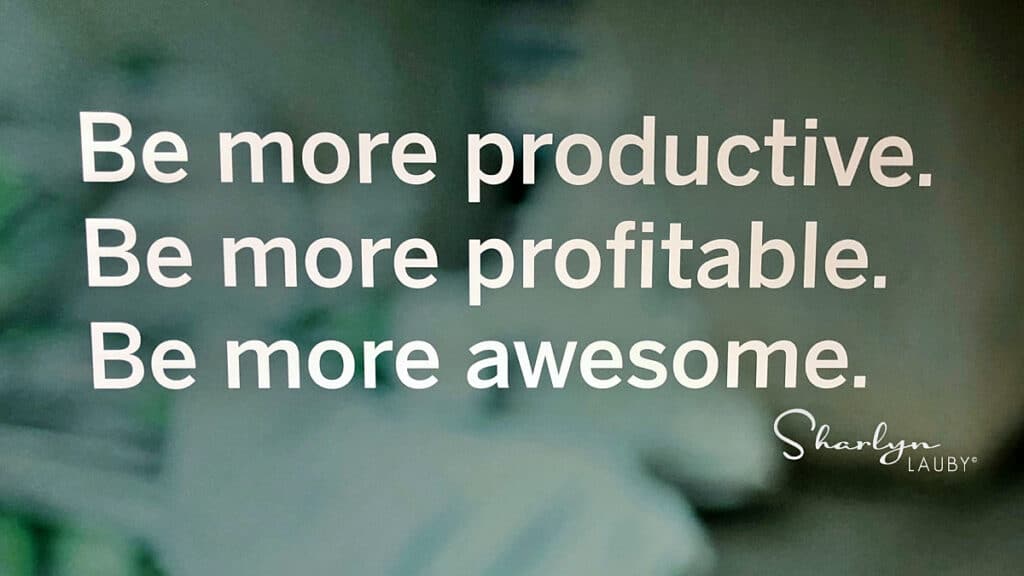8 Tips for More Productive Meetings

When you work in an office environment, you attend a lot of meetings – many of them were routine like staff meetings or safety meetings, etc. I think one of the reasons that people like working from home is that they don’t have to attend as many meetings. Especially, poorly planned meetings.
Don’t get me wrong. I don’t mind meetings. Let me rephrase that – I don’t mind productive meetings. The real key to a successful meeting is planning. If you really take the time to plan and prepare, it has a definite impact on attendee participation and the outcome of the meeting. Here are my 8 planning tips that help me conduct a productive meeting:
- Only have meetings when necessary. I know this sounds like a no brainer but, there are lots of people who call meetings for everything. Don’t call a meeting when a phone call will do. Or say you need to have a meeting to avoid dealing with an issue. There are only three real reasons to have a meeting: to convey information, to identify problems, and to make decisions.
- Invite the right people. Yes, this sometimes means inviting the devil’s advocates and naysayers. Make sure the people who need to be in the room are there. And don’t add to the confusion by inviting people who don’t need to be there. Meetings aren’t popularity contests.
- Pick the proper date/time/location. When I worked in hotels, no one scheduled meetings at 3:00 p.m. Why? That’s the typical check-in time. The lesson? Understand the right time to have meetings. And don’t hold a meeting at a time or date because you know someone won’t be able to attend (not that anyone would do that).
- Choose the right venue. Remember that famous scene from the movie Jerry Maguire where he is fired in a restaurant? Some conversations are fine at restaurants, but some aren’t. I once sat on a board that wanted to hold meetings at a restaurant. The meetings were worthless from a ‘get things done’ standpoint because everyone was focused on eating and chatting. Who wants to second a motion when they have a mouthful of disco fries?!
- Create an agenda. Tell people why you want to have a meeting. It gives participants time to prepare, do research, and think about their viewpoint on the issues being discussed. It also allows you to hold people accountable for arriving prepared. The only way you can get something accomplished is by having people come prepared. Oh, and be sure to actually stick to the agenda.
- If you expect others to talk or present, tell them. In advance. When you put out that agenda, let the participants know if you expect something from them. If you want a person to bring the latest data, let them know. If you want people to come prepared to make a decision, tell them. I recall a meeting where a board president asked me to present a proposal during a meeting – it completely threw me off guard because I had no forewarning whatsoever.
- Keep minutes. Creating a record of what action was taken and what needs to be done is important. I’m a big fan of using SMART goals in creating minutes. It not only provides a record of what will be done but who is responsible for it and when it will be completed. Then, the SMART plan becomes a working document. And it’s terrific for accountability.
- Follow up after the meeting. Minutes should be sent in a timely fashion so people can start working on action items. Let participants know you’re available if they need help, resources, or just a sounding board.
Sometimes the phrase “let’s meet about this” sounds so casual that it might send the message that meetings are easy. Truth be told, meetings are hard work. At least when they’re done right. The good thing about these tips is that they can be applied to in-person and virtual meetings. Creating meeting consistency is good for business.
23